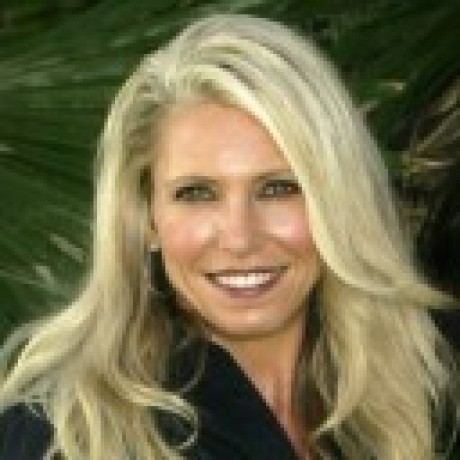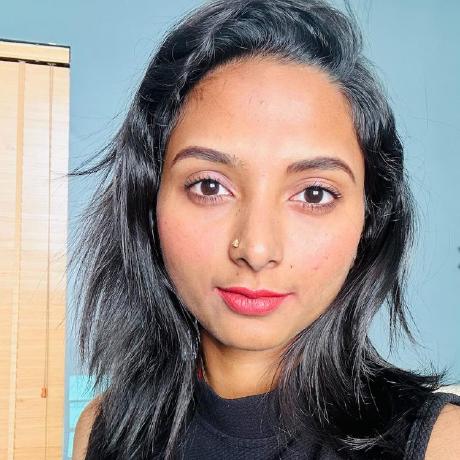Terminology
This section provides definitions and details for terms and parameters to be aware of when you use the Firefly APIs and documentation.
Seed
A seed is a starting point for image generation. By using a seed value, you can generate consistent images across multiple API calls. Visit the seed concept page for more information.
Prompt
A prompt is a descriptive text instruction that tells Firefly what kind of image to generate. See the Writing Effective Prompts guide for more tips.
Negative prompt
A negative prompt tells Firefly what elements not to include in its generated the image.
Mask
An image mask allows you to specify which parts of an image should change and which should stay the same when an image is being edited. Because black areas of an image mask are protected from changes and white areas of the image mask are exposed to changes, imagine the white areas are flashlights that show the artist where they can make changes.
Inverted mask
An inverted mask swaps the black masked and white unmasked areas of an image. This means that the black, previously protected areas become visible for editing, and all of the white, previously exposed areas are now protected from changes.
MD (Multi Diffusion)
Multi Diffusion refers to the model processing an image using its context. For example, in Generative Fill or Expand, the model considers the rest of the image when generating new content.
Reference Image
A reference image is an image you provide to influence how Firefly generates its images. For example, you can use a reference image to match the style or structure in the generated images.
Content class
The content class guides the overall type of content (photo or art) to generate.If not specified, the model will auto-detect the content class.
Style
Use the style parameter to define the look and feel of the generated image. You can use a preset style or provide a reference image to match its style.
Parameter Options
presets: a list of style presets to be applied to generated content.source: presigned url or upload id of an image to use to match style.strength: indicates the intensity scale to apply the styles (1..100).
Structure
Structure refers to the composition and arrangement of visual elements in an image. By providing a reference image in the structure parameter, Firefly will mimic the outline and depth in the generated image.
Dimensions
The dimensions specify the size of the generated image using the size parameter. Valid dimensions are:
Non-upsampled:
width | height | Description |
|---|---|---|
1024 | 1024 | Square |
1152 | 896 | Landscape |
896 | 1152 | Portrait |
1344 | 768 | Widescreen |
Upsampled (2x):
width | height | Description |
|---|---|---|
2048 | 2048 | Square |
2304 | 1792 | Landscape |
1792 | 2304 | Portrait |
2688 | 1536 | Widescreen |
For tileable images ("tileable": true), only the square dimensions are accepted (ie: { width: 1024, height: 1024 } or { width: 2048, height: 2048 }).
Tileable
A tileable image is one that can be repeated infinitely in any direction without visible seams or edges, like a pattern. Set tileable to true to generate such images. The default is false.
For tileable images ("tileable": true), only the square dimensions are accepted (ie: { width: 1024, height: 1024 } or { width: 2048, height: 2048 } for instance).
Locale Based Prompt Bias
Including the promptBiasingLocaleCode parameter where supported will generate content relevant to the specified region.
When not specified, the locale will be auto-detected, based on user's profile and Accept-Language header. Defaults to en-US.
Visual Intensity
The visualIntensity parameter adjusts the overall intensity of the image's existing visual characteristics. Valid values are [ 2 .. 10 ].
Placement
The placement object adjust how the image is positioned and sized in the final generation. You can specify only inset, only alignment, or none (omit all).
Copied to your clipboard"placement": {"alignment": {"horizontal": "left","vertical": "top"}}
Copied to your clipboard"placement": {"inset": {"left": 500,"top": 0,"right": 400,"bottom": 40}}
This parameter is currently available in the Expand Image API V3 and the Object Composite API V3, but used differently in each.
In the case of the Expand Image API V3, you cannot use placement along with mask.
Inpainting
Inpainting is the process of filling in a designated region of an image. It's used to reconstruct or replace parts of an image.
Outpainting
Outpainting expands the borders of an image by generating new content using generative AI, effectively extending the image beyond its original boundaries.



